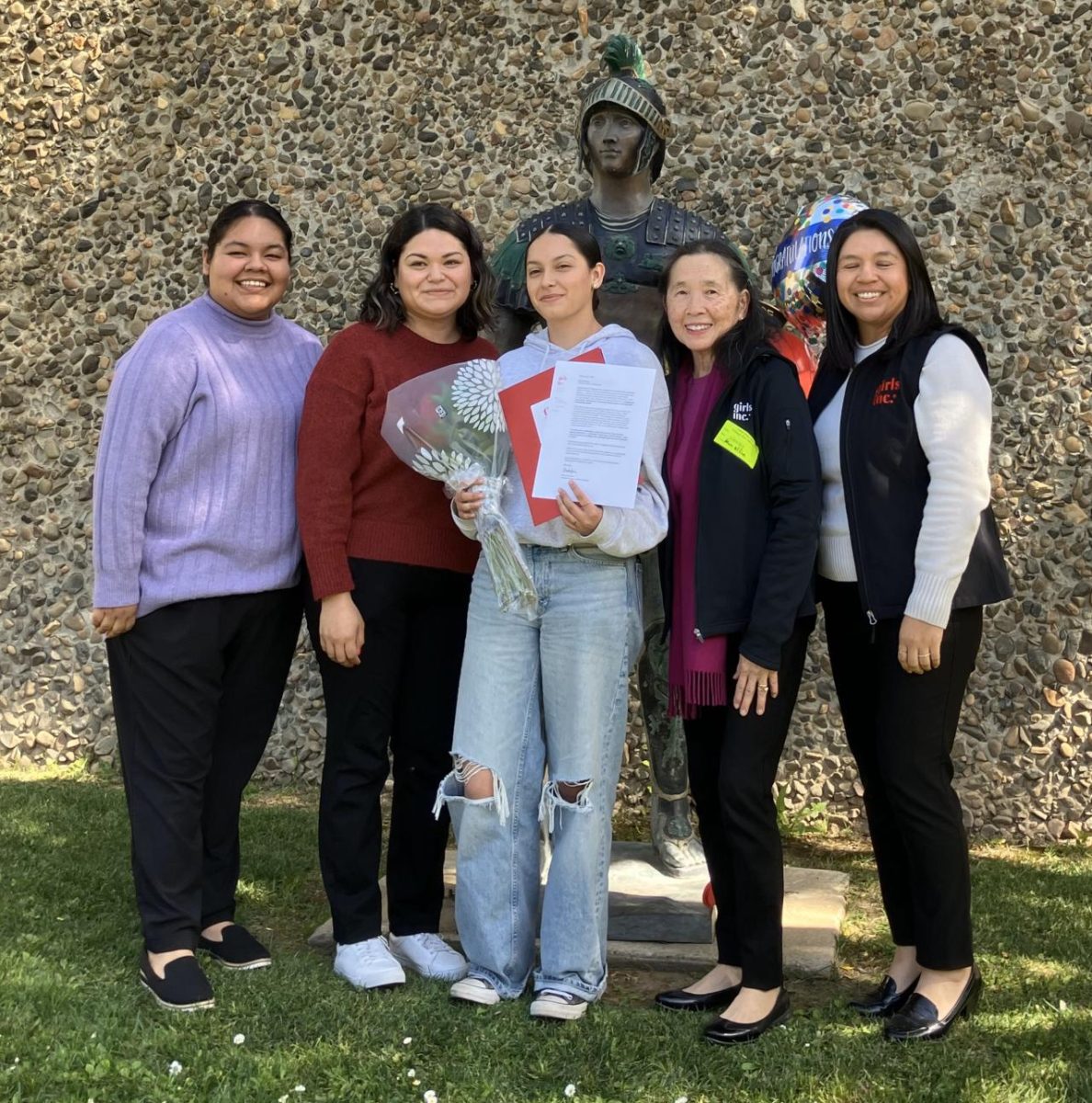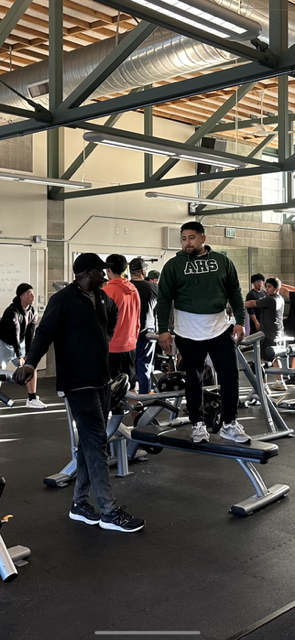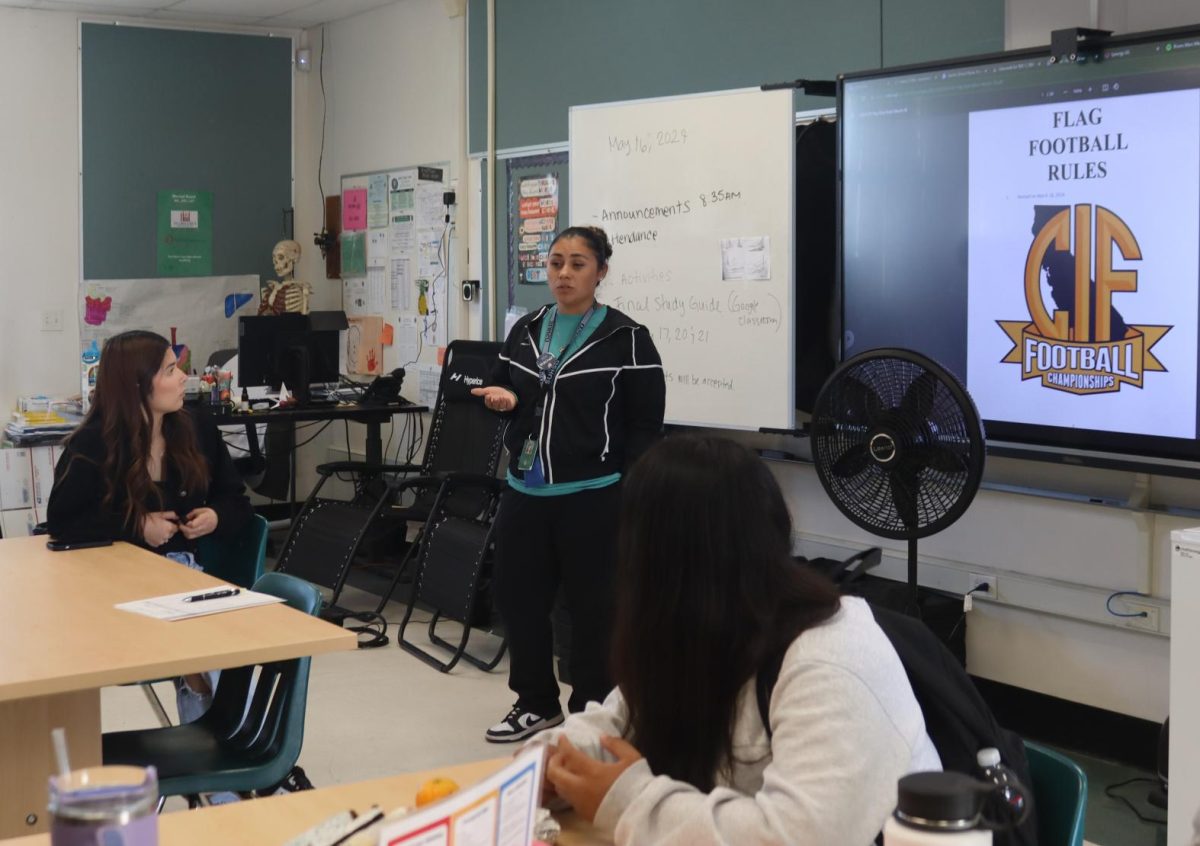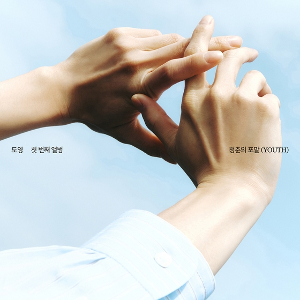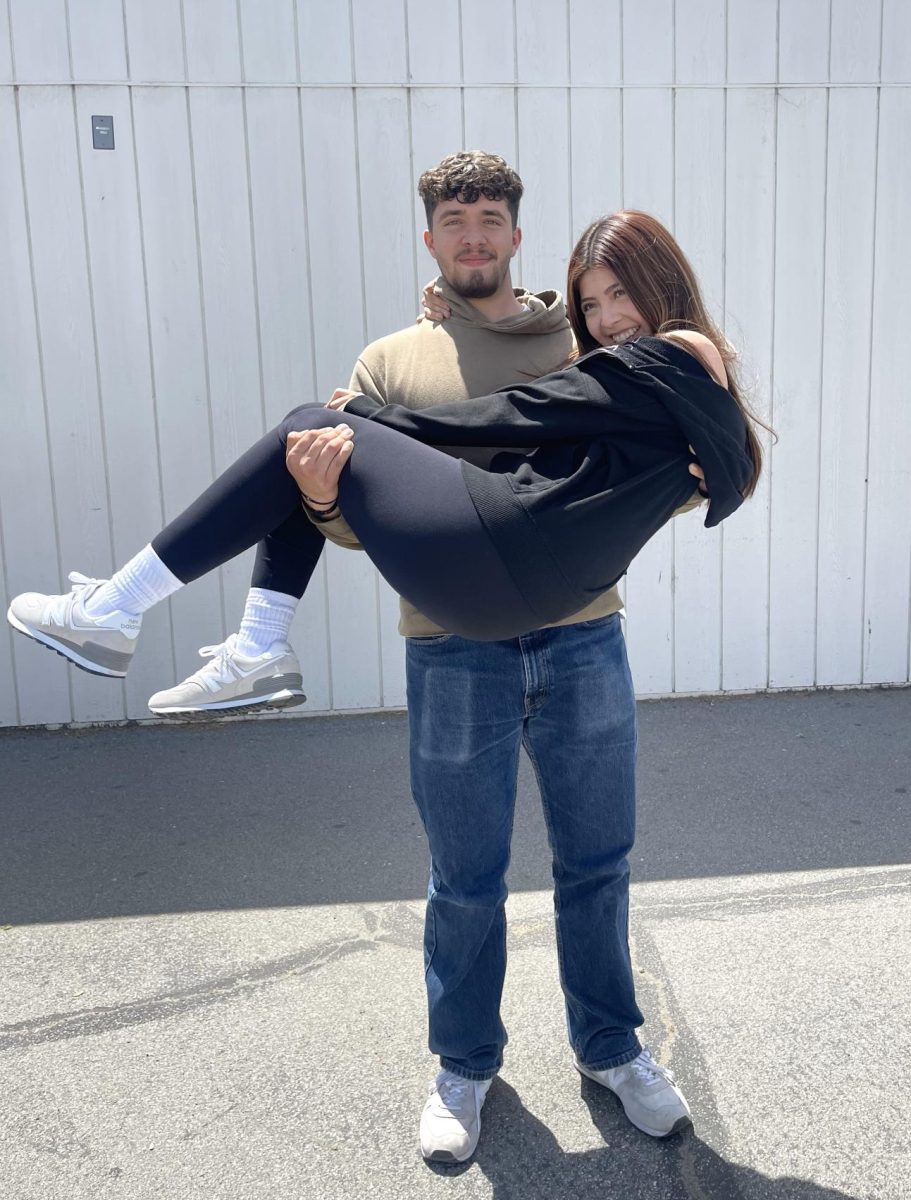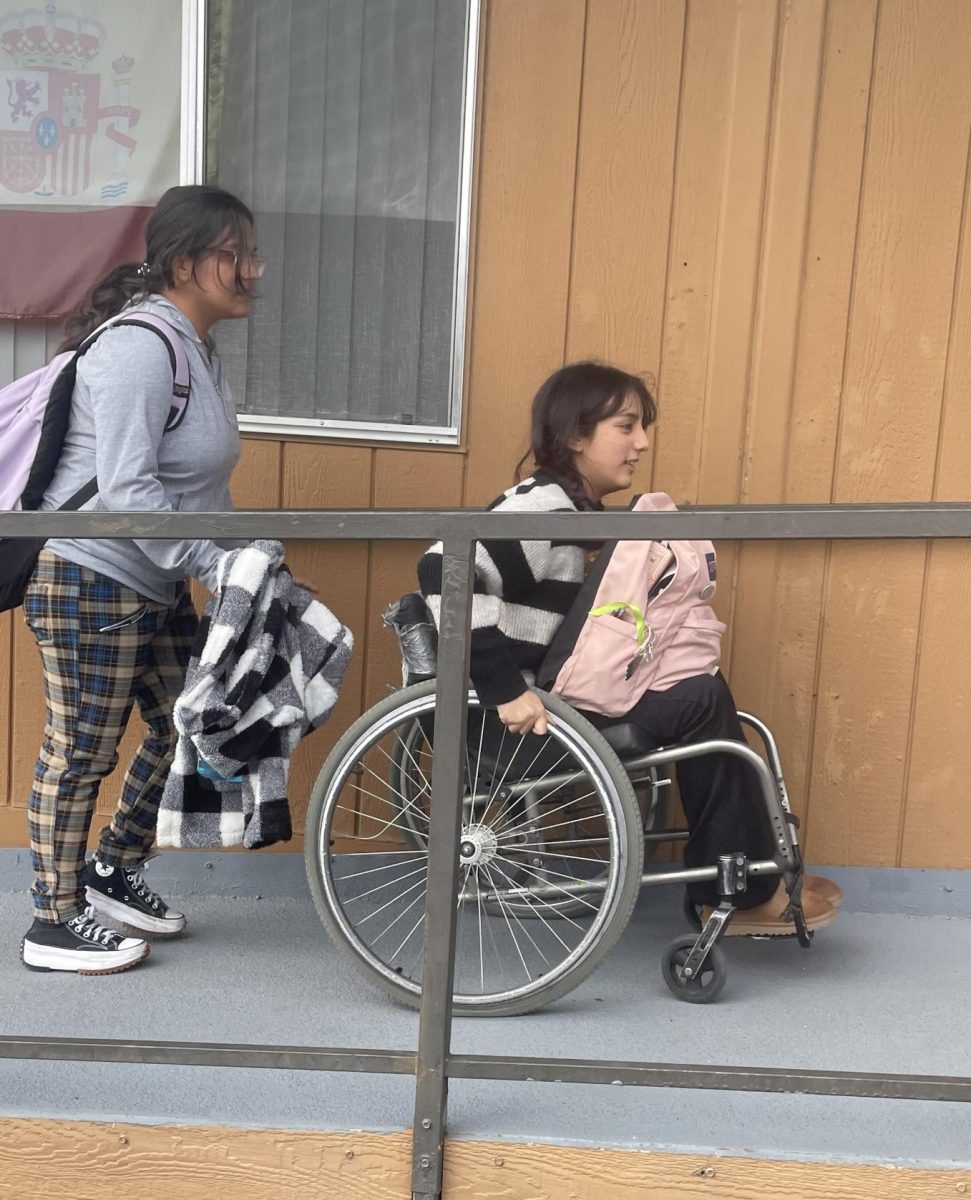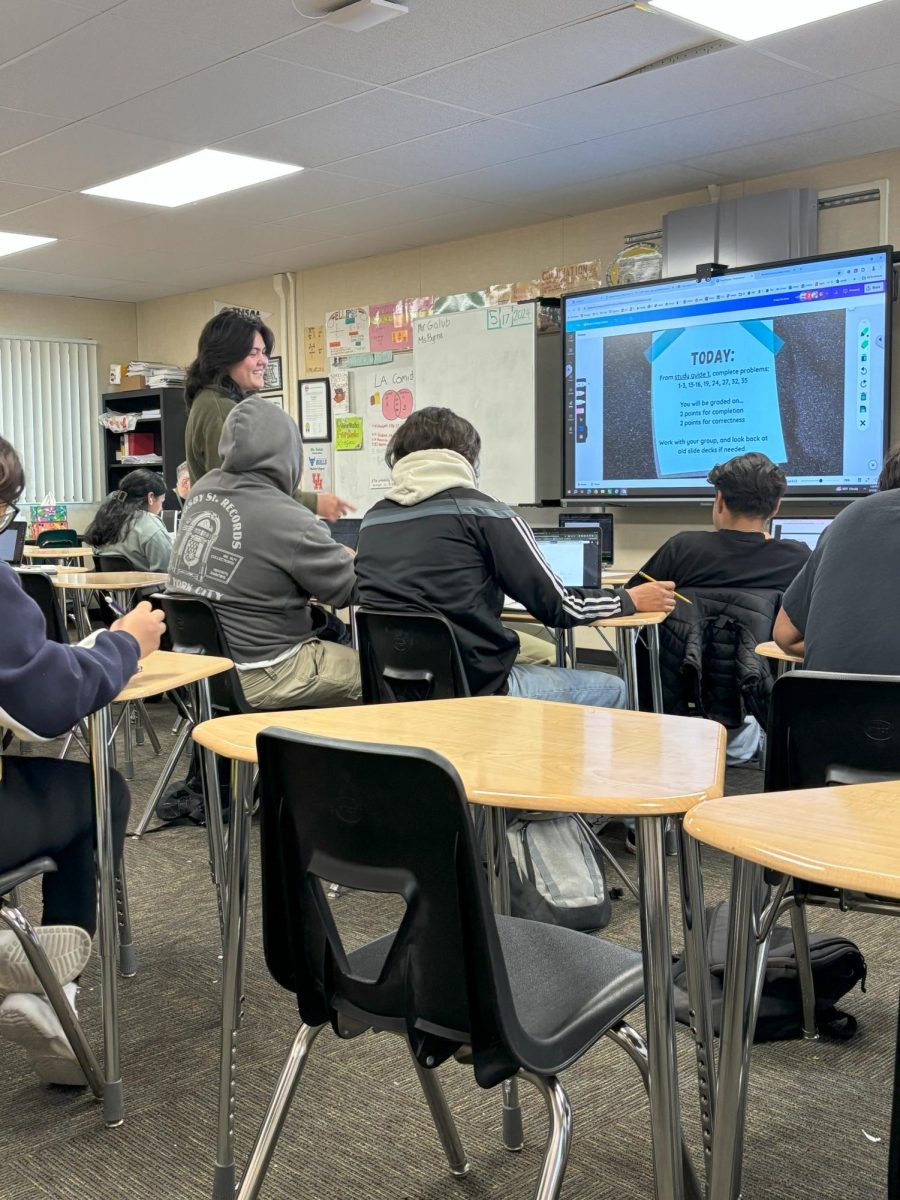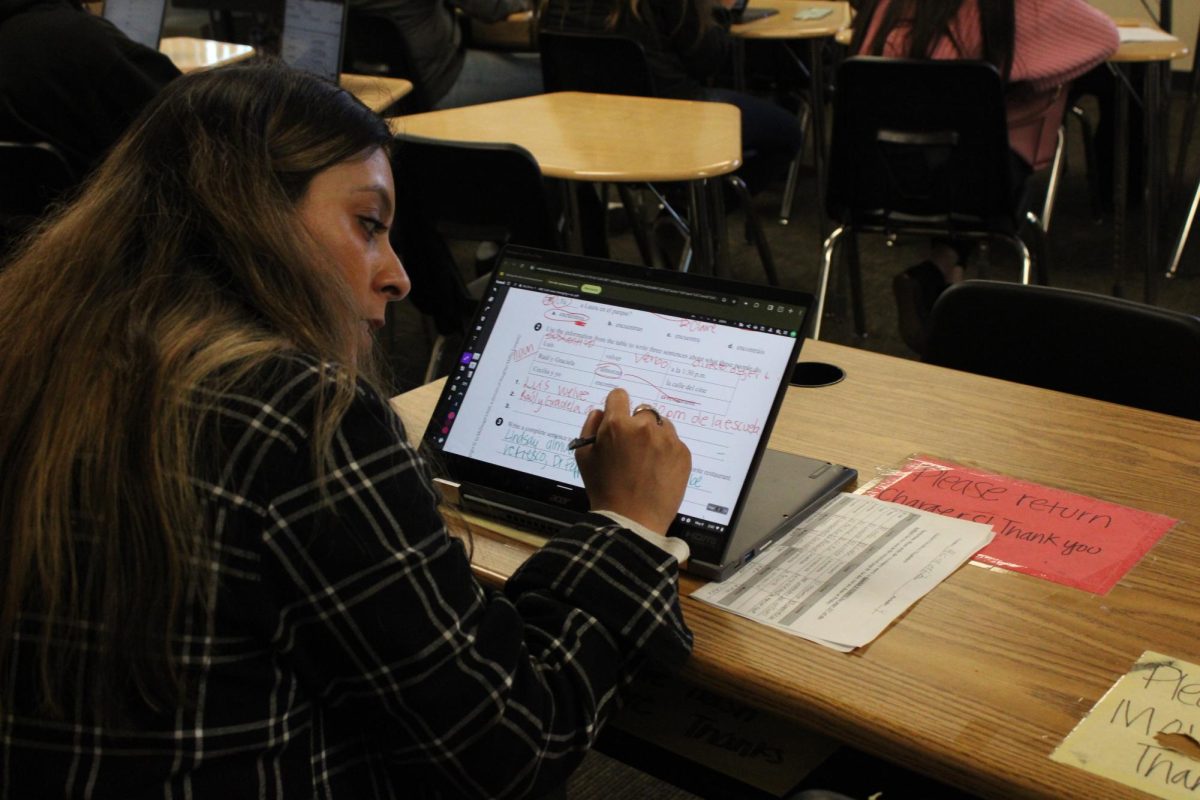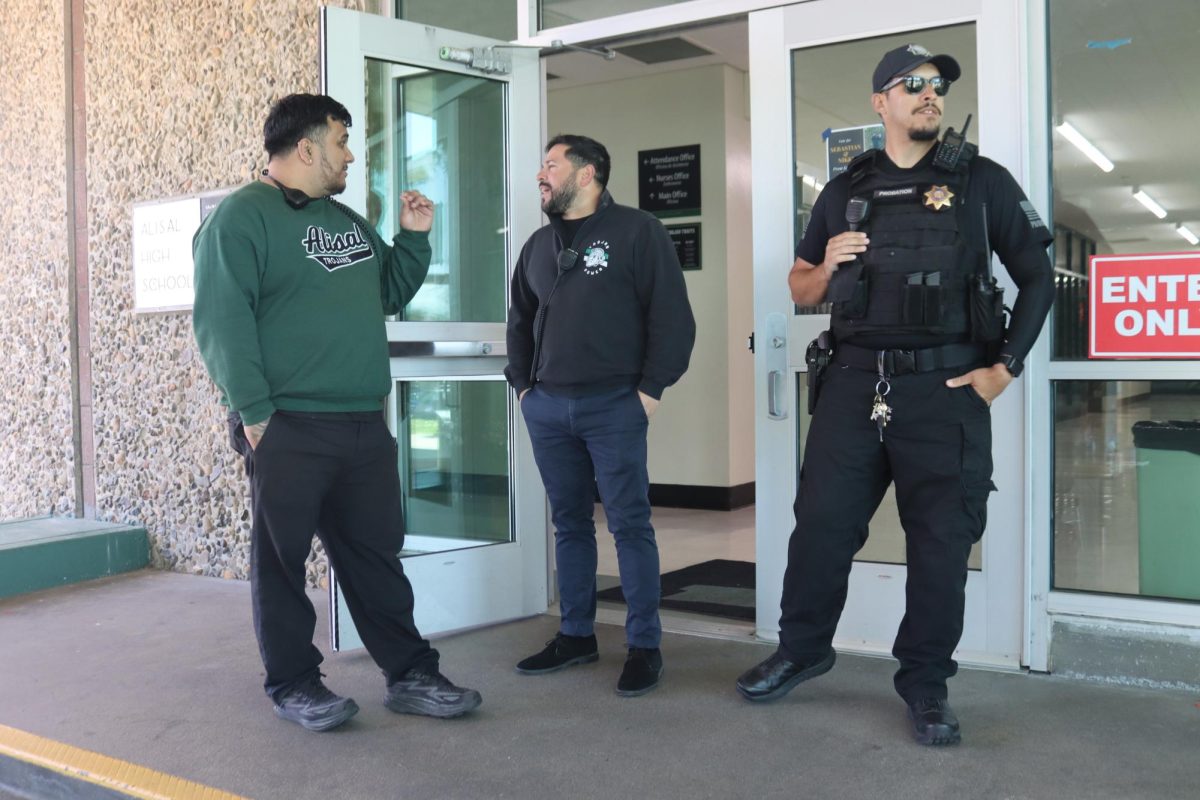Most people take their ability to get around – walking, running, or driving – for granted. However, people in wheelchairs don’t have that advantage.
US History teacher Brad Ashby has been in a wheelchair for about 32 years. A rock climbing accident during his senior year led him to be in a wheelchair. “Struggles I dealt with when getting into the wheelchair would first be obviously everything everyone else goes through,” Ashby said. “I would probably say how to do things differently like getting into cars, using the shower, going to the bathroom and how to figure out how to go up the ramp without spilling things on your lap and all sorts of things most people wouldn’t even consider as an issue like how to figure out how to do things that you would not even thing about doing as an able body person.”
Ashby started doing his wheelchair project during his 3rd year here. He has one chair for this project, which was his old wheelchair and all students are required to participate.
When he introduces the project, he explains how he came to be in the wheelchair. He gives all his students a paper to sign which includes risks that can be involved in being in a wheelchair. For example, one isn’t allowed to tip over backwards, one could fall out forwards, they can pinch their fingers in the brakes or when going through doors. Ashby mentioned that “a struggle some students may have when doing the wheelchair project is two things: a realistic thing and nonrealistic. The first thing is just the strength to roll around but also to be disciplined and not let people do things for you like push you around or open doors for you so just doing things yourself.”
After choosing their day students then have to answer three questions: “1) What is your personal view of people with disabilities? Be honest. 2) What, in your opinion, is the hardest thing for someone in a wheelchair to handle? 3) What are your expectations for the day you will be spending in a wheelchair? ”These questions must be done and answered the day before the project.
On the morning of their designated day in the wheelchair, students must get dressed sitting down on their bed using only your arms. It is recommended to wear comfy clothes along with a shirt or sweater that you don’t mind getting dirty. Once they get to school, they go into Ashby’s room and pick up the wheelchair 10 minutes before period 1 starts.
After that, they are supposed to remain in the wheelchair all day. This means during all of their classes, getting books from their locker, and eating lunch. The only exception is using the restroom, students have to use the accessible stall, but they will get out of the wheelchair to relieve themselves. It is expected for you to roll yourself around however it is ok to be pushed once in a while. Along with the fact that even though you are in a wheelchair it does not give you an excuse to arrive late to class. Once it hits 6th period you will have to ask your teacher to be able to leave for the last 10 minutes of class in order to return the wheelchair. After you retire the wheelchair is required for you to write a 1 page reflection of your experience of being in a wheelchair for a day which has to be turned in the following day. You will also have to answer these three following questions “1) Any specific challenges to your day? What was hard about it? 2) Was there anything that was easier than expected? 3) How does this relate to other people with different disabilities or who are minorities?”
It is expected for all 6 periods to participate in this project, since it does count as a big part of your grade however there are some expectations. Students with anxiety don’t have to do the project if it will affect them mentally bad and rather than using the wheelchair all day they have to do an alternative project. Make kids that prefer or chose not to do the wheelchair project have to write a 300 word essay explaining the difficulties of people with disabilities.
He’s also said his main goal when starting this was “to look at life in someone else’s shoes whether being in a wheelchair or somebody who is disabled, a woman or a man just someone who is different from who you are. But to also help with empathy and knowing what other people’s struggles are and to be open with others’ experiences.”
Students experience many struggles during their day in the chair. They did struggle getting around with all the people, they struggle getting up the ramps going to their portable classes due to the ramps, one even mentioned that in the ramp of the main building they struggled the most and had to ask someone to help them up due to the fact that they didn’t have the upper arm strength to roll themselves up. They all realized how it is hard for people in wheelchairs to go to the restroom. “I felt like the most difficult part was going up ramps or having to go to the restroom because there is only one stall and I ended up being late to a class because someone was in the disability stall and I had to wait for them to get out,” junior Yareli Gaspar said. “It opened my eyes because it felt like I wasn’t in control of my body, so it felt weird.”
Many students claimed it was not what they expected. “I personally thought it was going to be difficult in a way, but I didn’t know it was going to be that difficult,” junior Aara Bella Sumagang said. “At first I didn’t think it was going to affect me that much but I was very wrong. It was harder than expected. I had a lot of more restrictions than I had thought there would be.”



